Modern curtains for the kitchen: a variety of models and selection criteria
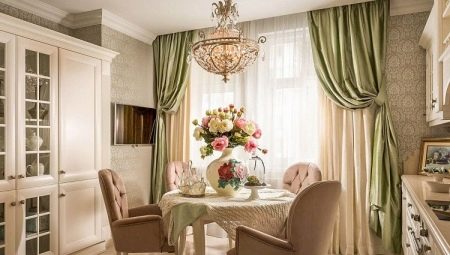
Decorating, furniture, household appliances are common components of every home. Coziness in a home is made up of little things, so simple things like cushions on the couch and curtains create a homely atmosphere. For every designer, creating an interior is painstaking work on details. For example, draping a window opening should be aesthetic and practical. Kitchen curtains not only cover from sunlight and prying eyes, they must be easy to clean and not accumulate odors.
The optimal design will bring harmony and completeness to the atmosphere. Before ordering stylish curtains, we recommend that you familiarize yourself with their different types and novelties, see photos and choose the appropriate option.
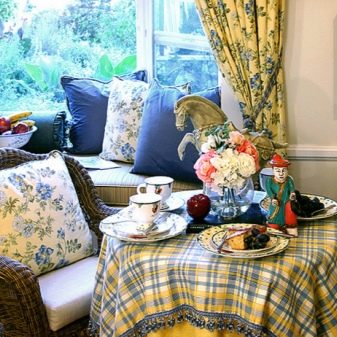
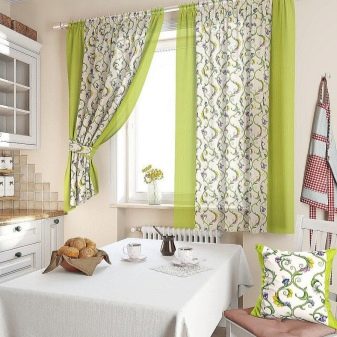
Views
Modern curtains for the kitchen are bright and warm colors, possibly with a medium-sized pattern. According to current fashion trends, it is not at all necessary to select curtains in the shade of furniture and other coatings. Nowadays, a technique is in vogue when you can revive the interior by upholstering chairs to match the colors of curtains, napkins or tablecloths. For kitchens, rooms with humidity and food odors, roller shutters or blinds are better suited, they are easy to remove and wash, and they take up a minimum of space. According to the method of placement, the curtains can be divided into:
- attached to the frame (blinds, roller blinds);
- attached to the cornice (fabric on hinges, rings, eyelets).

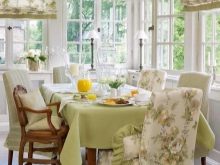
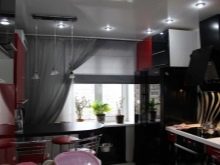
Curtains with tulle are suitable for large window openings and high ceilings, studio or kitchen with a balcony (terrace). With this window decoration, a double cornice is an excellent solution. The curtains are attached in different ways: with ties, loops, rings or eyelets.The most common option for attaching the curtain to the cornice is with braid loops or rings. A curtain tape is sewn on top and, with the help of loops, is attached to the hooks of the cornice or rings.
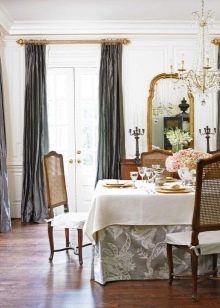
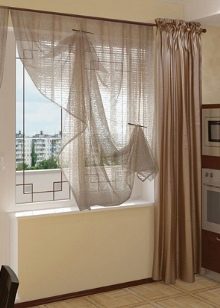
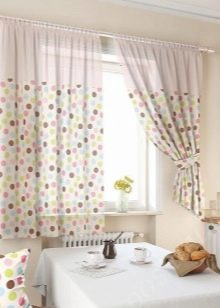
The rings help create smooth folds. Often there are rings with clips, the curtain tape is then not sewn on. Rings are an element of decor, they can be made from all kinds of materials: wooden rings are suitable for a rustic setting, metal rings for an urban setting. Ties are decorative elements in the design of the cornice. The ties are suitable for different models, with the exception of French and Japanese. You can make them from shreds, ribbons, braid.
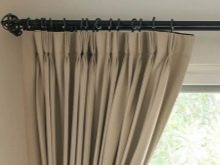
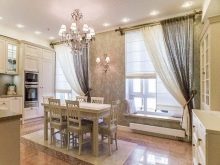
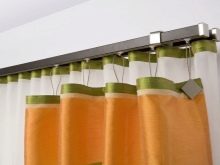
Hinged curtains look unusual and are rare in design. Convenient to use, the movement of the curtain when opening the window is not audible. The worn out hinges can always be replaced and not necessarily with the material of the same color. For contrast, choose a brighter one and emphasize with other decorative elements: bows or grabs.
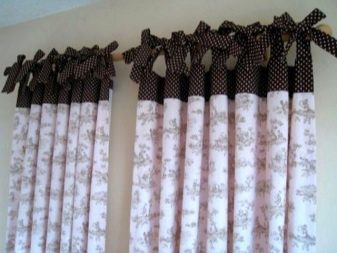
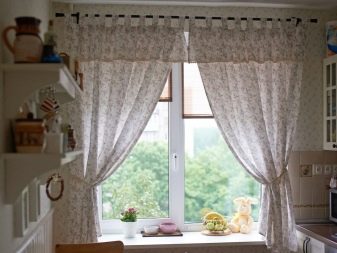
Eyelets are holes made of metal or plastic in the upper section of the curtain, they are put on the rounded rod of the cornice. Form neat, smooth, beautifully descending folds.
For the dining room, eyelets are a practical solution: they look modern and are easy to use.
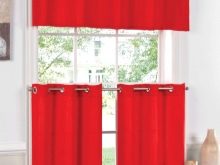
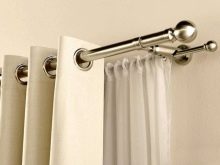
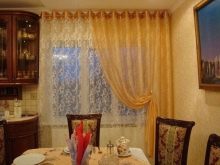
When choosing, take into account the following:
- heavy fabric gives big waves on the curtains, light fabric creates smooth folds;
- the length is very different, but for very long compositions in a small kitchen, they prefer airy materials or models up to the windowsill;
- a massive curtain and transparent tulle on the eyelets - this combination is considered classic, you can leave one of the components, for example, tulle, complementing the blinds.
Lambrequin is a drapery that serves to decorate the cornice. They come in different shapes and designs, they suit any style solutions, except, probably, minimalism. When choosing options with a lambrequin, it should be remembered that an asymmetric lambrequin will look good in a small kitchen, and beautiful fluffy frills or folds are suitable for a large room. Asymmetric curtains enliven and visually enlarge windows, are suitable for decorating openings with a balcony door.
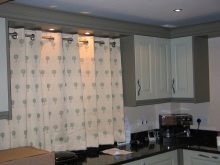
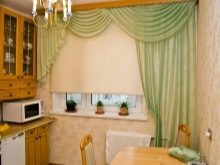
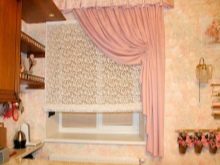
In classic versions, soft folds smooth out straight lines, creating an impression of movement and airiness. More modern asymmetrical models accentuate attention and emphasize the style of the interior. Short kitchen curtains are the most common option. If they are very small, for protection from the sun and prying eyes, they go well with roller options and blinds.
Advantages:
- do not clutter up the windowsill;
- a good option for small areas;
- easy to care for, easy to remove, wash, dry.
For each style, you can choose short models of a suitable design.
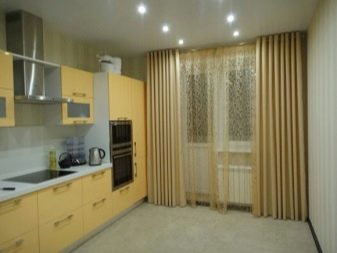
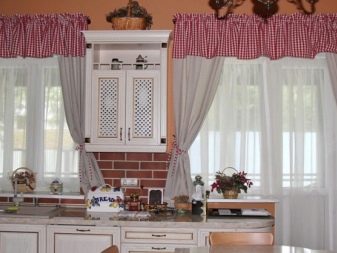
Materials (edit)
When deciding on the fabric for kitchen curtains, preference is given to fabrics that are easy to care for, which do not absorb odors, do not get dusty and are not very dirty. There are varieties with water repellent and non-combustible impregnation.
Material required:
- functional (protects from sunlight, does not interfere with air circulation);
- practical (does not fade, does not absorb fat and moisture);
- easy to clean (when washing or other type of cleaning).
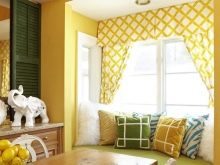

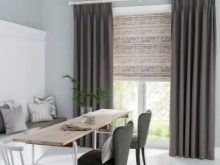
The aesthetic design has positive aspects: a well-chosen composition will hide flaws and emphasize advantages in the interior. The material will help accentuate the window, adjust the size of the room, and adjust the lighting level. Light tones help to visually expand, and dark tones compress the space.
How to choose textiles:
- matching the color of upholstery or furniture;
- in the same range with finishing;
- bright accent composition (for a small kitchen of neutral tones - an excellent solution).
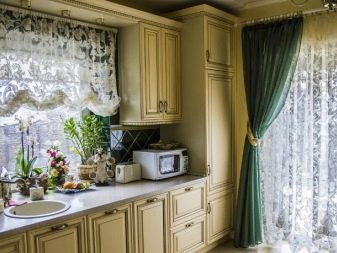
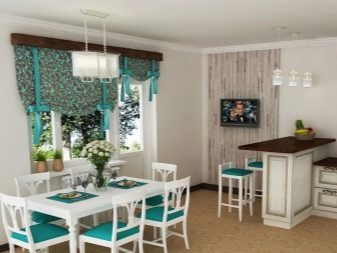
Recommended fabrics to choose:
- natural or mixed;
- breathable and easy to clean;
- safe (flammable will not work).
Experts advise for kitchen curtains:
- polyester;
- chintz;
- cotton;
- linen;
- silk.
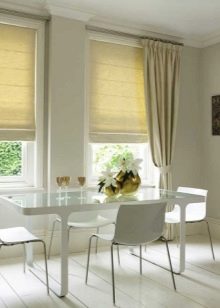

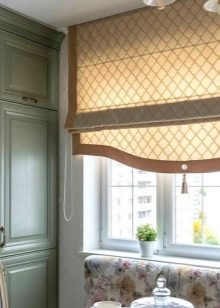
Polyester
Durable and soft fabric made of polyester threads. Perfectly holds color and shape, so the fabric can be used for compositions of complex cut. The color and texture can be very diverse, prints on polyester look great. Withstands frequent washings, but does not need to be washed in hot water.
For the kitchen, fabrics with a slight addition of cotton are appropriate.
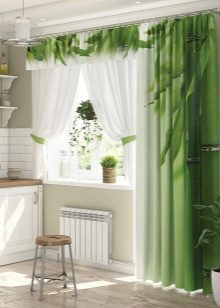
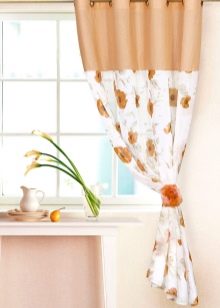
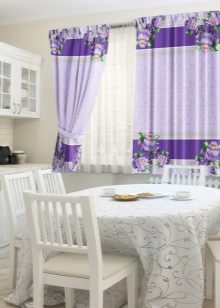
Cotton
The safest of all types of fabrics, as it is made without chemical additives. With prolonged use, it keeps its shape perfectly, does not fade, but fade from the sun. Does not interfere with air and heat circulation. This affordable type of fabric is suitable for any room.
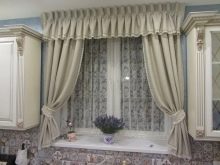
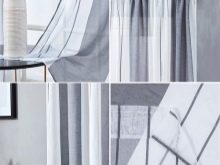

Chintz
Durable and dense inexpensive fabric, rather thin, drapes perfectly, does not let in drafts and protects from the sun. The variety of colors and patterns allows you to give individuality to the room. It does not cause allergies, it is perfectly washed, but after washing it shrinks, gradually fading and tearing. The relatively low cost allows the kitchen curtains to be regularly updated.
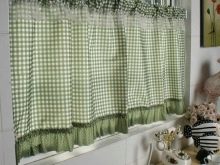

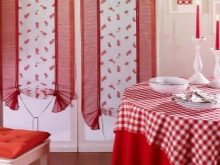
Linen
Expensive fabric, even unpainted, has a spectacular appearance, hypoallergenic. Natural dyed linen fades from sunlight, sheds when washed. Looks great with embroidery, lace, appliques.
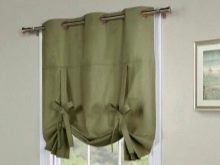
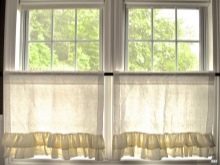
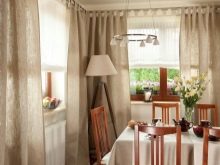
Silk
This chic material creates soft waves and folds. Strongly crumpled and dirty. If you want to decorate the window openings with silk curtains, it is better to choose a small model that is easy to remove, or a composition with one silk curtain. When creating a unique design, choosing the style and composition, choosing the fabric and colors, it is better to take into account all the disadvantages and advantages of materials.
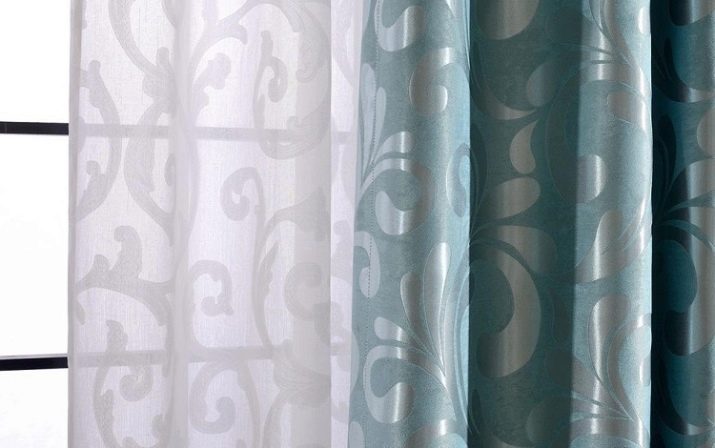
For example, if the window is on the south side and is illuminated by the sun from morning to evening, then you need to choose natural fabrics (linen, chintz, cotton) and wooden cornices. This will help the kitchen heat up less. For a room located on the shady side, shiny polyester curtains will visually add lightness and airiness. For the curtains, you will also need tulle. Combining modern varieties of tulle curtains, designers often leave only them on the window; instead of long curtains, roller blinds are used.
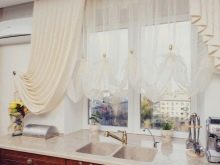
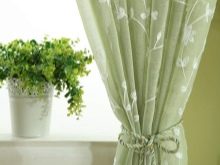
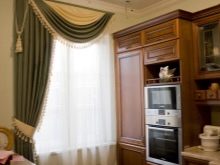
Tulle fabric can be like this.
- Organza - thin, tough, transparent, made of silk and polyester.
- Veil is a smooth, soft, translucent fabric. Diffuses sunlight well.
- Kiseya - airy, transparent, consists of cotton threads. Good air permeability and shade of the room.
- Chiffon is a light translucent tulle made of cotton and silk materials.
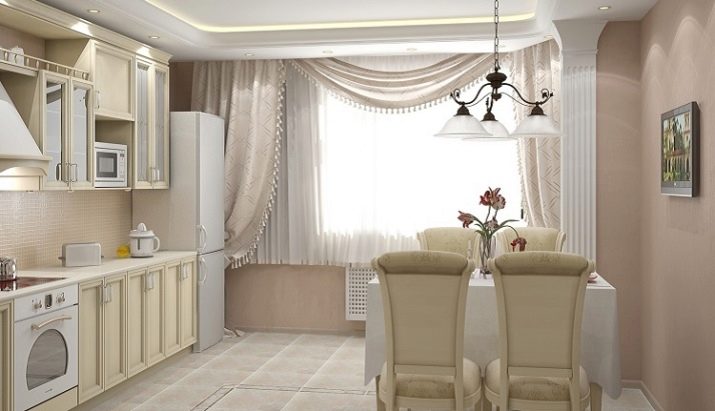
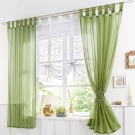
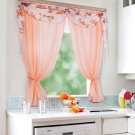
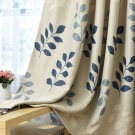
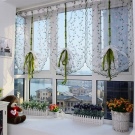
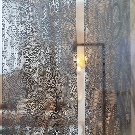
Tulle is also distinguished by texture.
- Mesh - creates a win-win combination with curtains, blinds, roller shutters. An excellent element of decor, but will not protect from the sun's rays and prying eyes.
- Spider web is a durable synthetic or silk fabric that does not require ironing after washing.
- Rain - suitable for contrasting accents in bright interiors.
- Pleated - has a unique property to trap the sun's rays without shading the premises. Does not wrinkle, irreplaceable for southern windows.
- Threads - retains their original appearance for a long time, does not need to be ironed. It will add sophistication and zest to the design, you can decorate with additional decor, for example, beads.
Tulle curtains are made from materials of different textures. The length, shape and color depend on the style and design of the room.
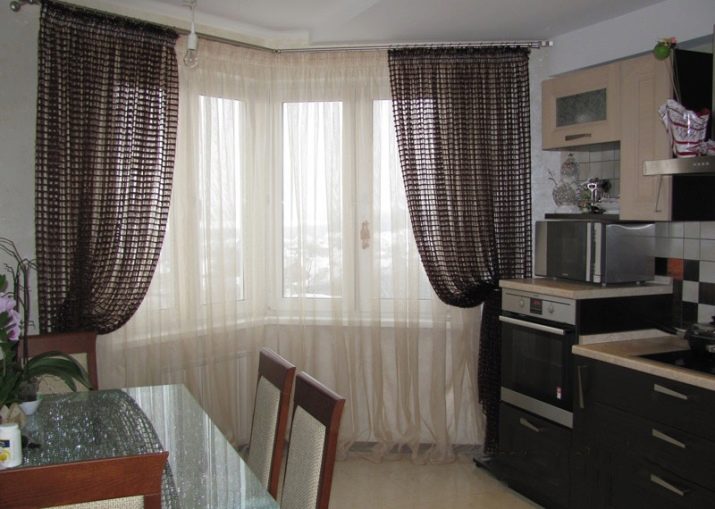
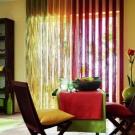
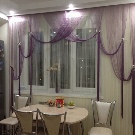
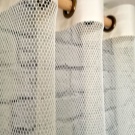
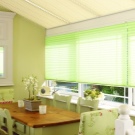
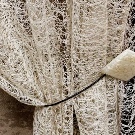
Design options
Classics are always relevant, classic curtains and tulle do not go out of fashion. Solid curtains in combination with light transparent tulle can be trimmed along the edge with silk frill or jacquard. In the classic style, curtains do not focus on themselves, they become the completion of the interior, complementing elegant furniture, exquisite decoration and paintings. Soft and warm colors are preferred: brown, cream, beige, burgundy or gray, solid or with neutral patterns.The length can be different, it depends on the location of the window and the situation. Roman curtains, net tulle and linen curtains will also fit into a classic interior; you can arrange a linen cloth with a hook with tassels or a lambrequin.
The neoclassical style is characterized by minimal use of decorative elements, natural fabrics are preferred. They can be plain or with plant prints, it can be striped, with semicircular lambrequins. The cornices are made of wood or with stucco elements.
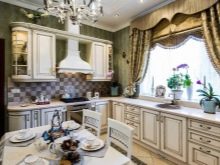
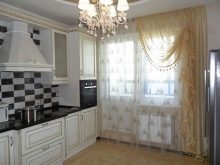
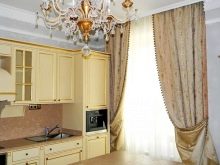
Modern tends to be functional; a distinctive feature can be called pastel colors and flowing lines. Dense textiles with motifs of flora and fauna should not accentuate attention. Curtains are mounted on wide cornices; smooth lambrequins and eyelets are preferred.
The designers recommend country to create a relaxed atmosphere. Practical, inconspicuous natural curtains made of chintz, cotton, linen will help to create home comfort. There are small floral ornaments, check or polka dots.
Details such as lace, ruffles, bows and ribbons will give the room a unique and cute look.
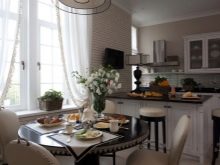
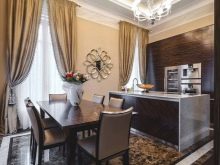
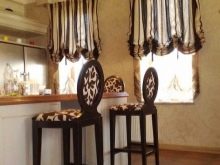
Provence is ideal for the kitchen. Airy and uncomplicated, it is diverse and makes it possible to dream up. Pastel shades, natural textiles, floral motifs, wooden cornices are the main features of this style. Long curtains, Roman designs, cafe curtains or with a tie are appropriate here.
Blinds for the food preparation area are a win-win option. Fashionable and practical, easy to use, they go well with various styles - both Provence and high-tech. Various materials are chosen for modern trends in interior design. If for Provence this is a tree, then high-tech prefers plastic or metal.
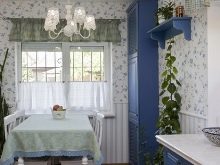
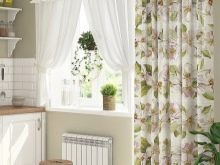
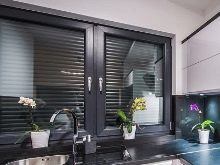
Minimalism expands the concept of simplicity. Interframe blinds - when the structure is placed between the panes of the window frame, it is controlled through a special opening. These structures do not need to be cleaned, and the window sill becomes completely free. Rolled curtains and Japanese curtains are a good idea for minimalistic decor.
Hi-tech adheres to the basic principles of minimalism: simplicity and geometric shapes, a minimum of decor. The leading role is played by lighting, both artificial and natural. Curtains should not attract attention, but maintain the overall tone of the interior, while white is a win-win color. Blinds and roller blinds are the most successful choice in this direction. In a studio kitchen, straight curtains or a veil are suitable.
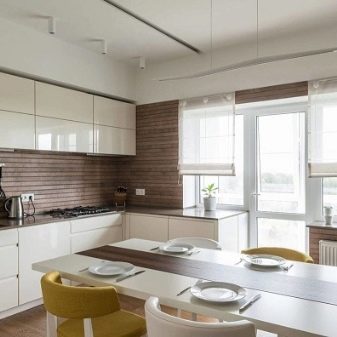
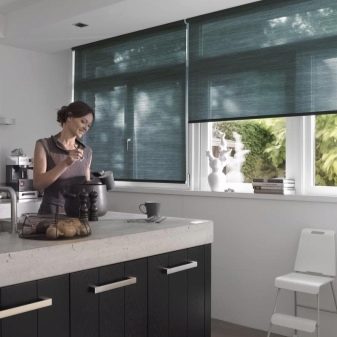
How to choose?
Picking up the curtains the following factors must be considered.
- Kitchen area. Curtains of a simple design are chosen in a small one.
- Colour. Should organically fit into the overall range and design of the room.
- Matter. Does not accumulate odors and can be easily cleaned when needed.
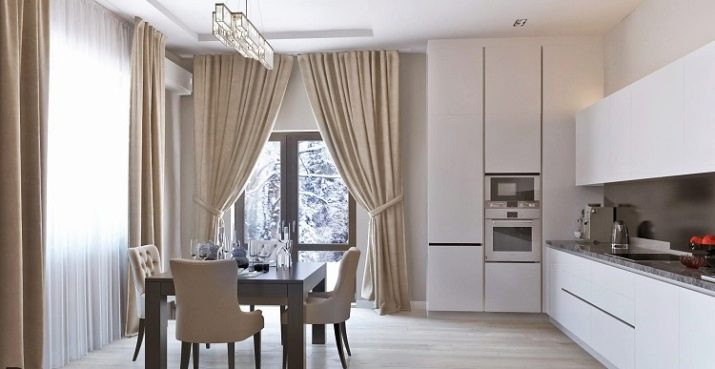
Even the most durable fabrics need regular maintenance. When purchasing curtains, they think in advance how they will have to be removed and washed. Curtains can be of any length and density. Which format and material to choose depends on various reasons:
- dense textiles are chosen for the lower floors or the sunny side;
- long options are suitable if there is no furniture and equipment near the window wall;
- blinds and Roman designs are placed over the sink;
- small curtains in the shape of an arch look great if there is a dining table near the window;
- floral patterns, pastel colors, decorative folds - this is an excellent choice for the kitchen, the main thing is to withstand the measure and not "go into excesses".
Modern designers have developed different design methods. As a result, you can find exactly the solution that suits your kitchen.
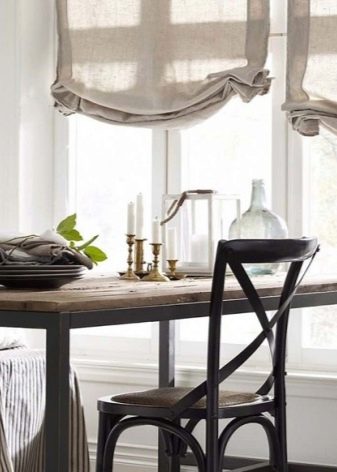
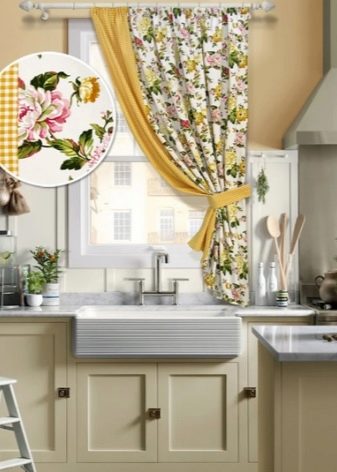
Beautiful examples
Each designer goes through different types of curtains, fabrics, colors, styles, takes into account the size of the room, the location of the window and ends up with the most dissimilar results. You can see how individual kitchens look in different designs.
- Baroque curtains and lambrequin.
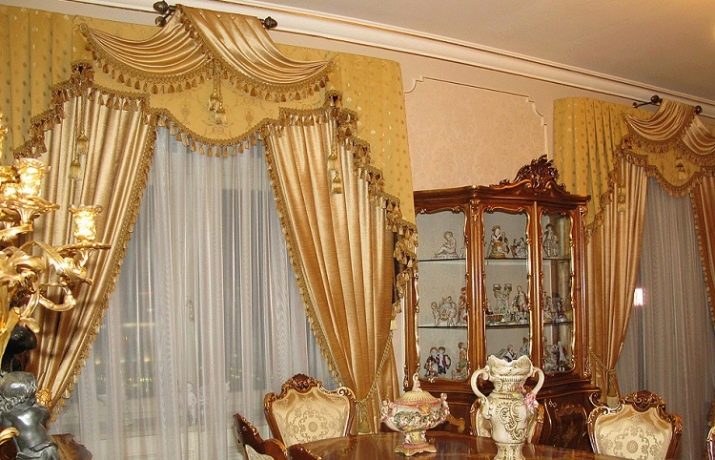
- Art Nouveau curtains.
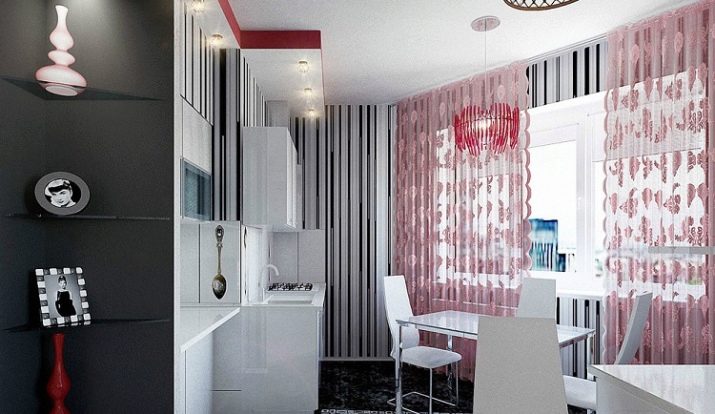
- Lambrequin and Roman design.
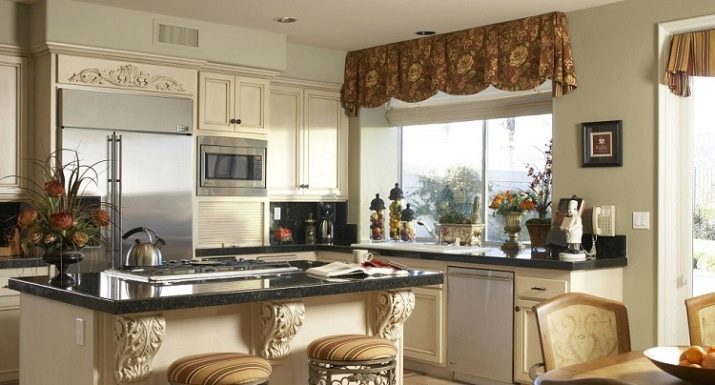
- Bright roman blinds and tulle.
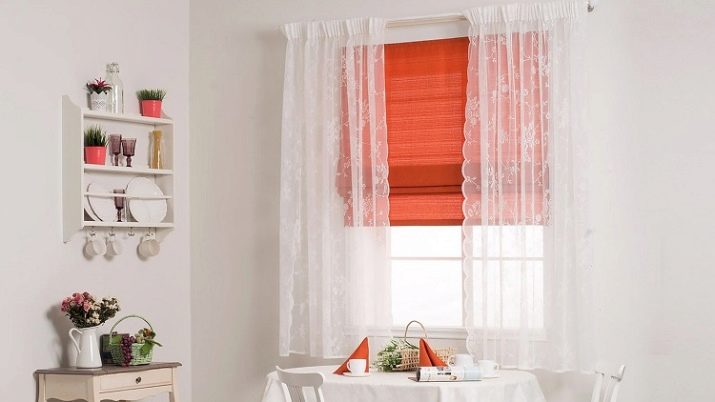
- Roman blind with tulle.
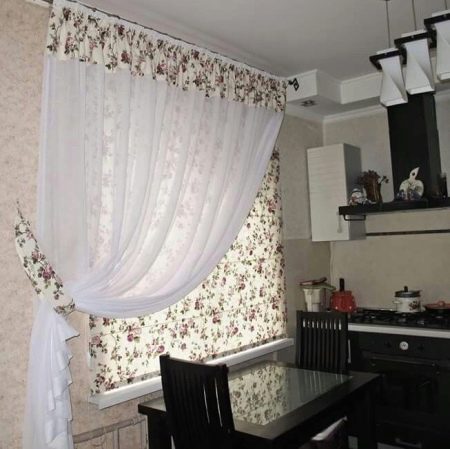
- Cafe curtains and blinds.
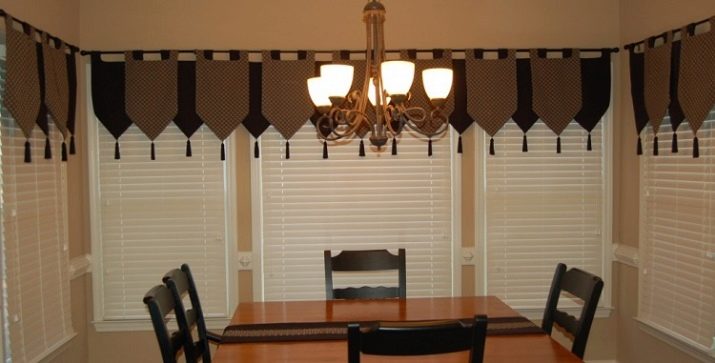
- Translucent curtains.
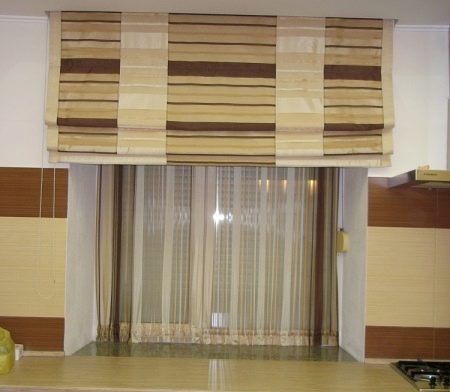
- Curtains on the eaves of different levels.
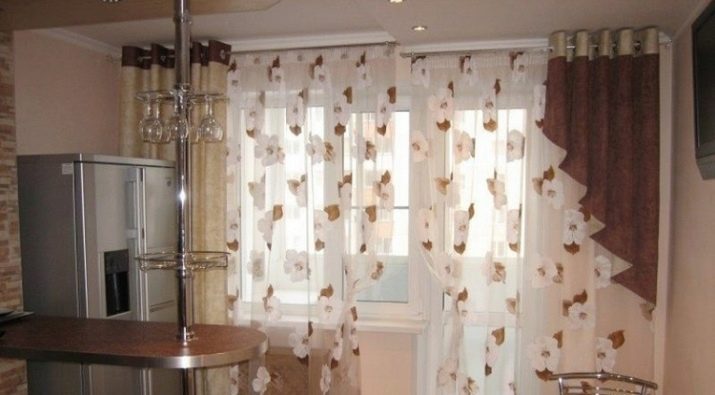
- Curtains for a window opening with a balcony door.
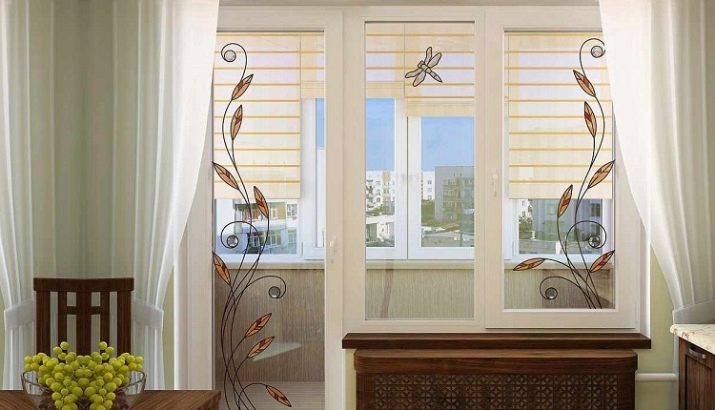
- Curtains for a small kitchen with a balcony.
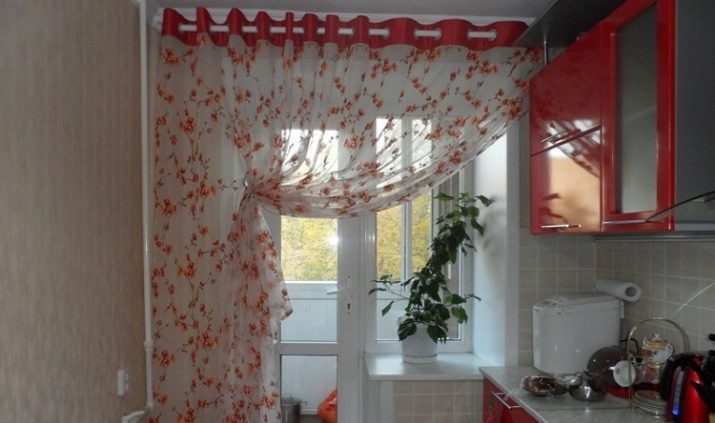
- Long blinds.
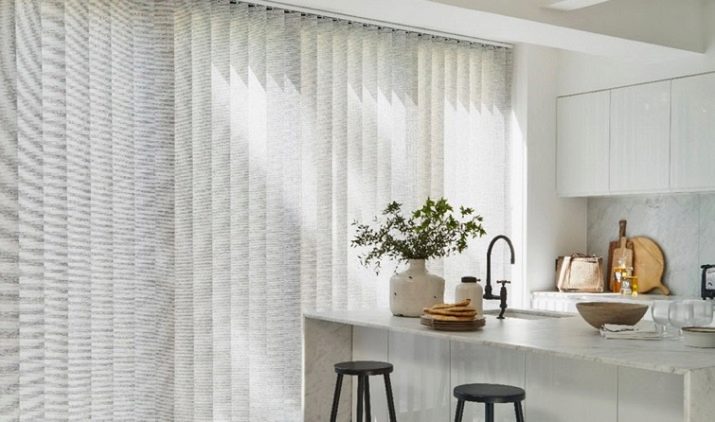
- Short curtains.
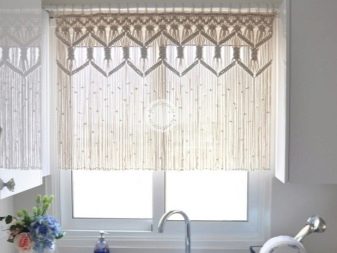
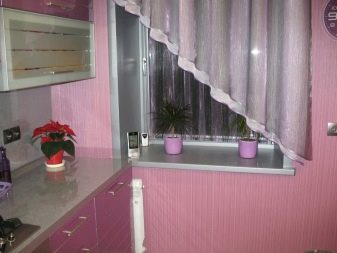
- English curtains.
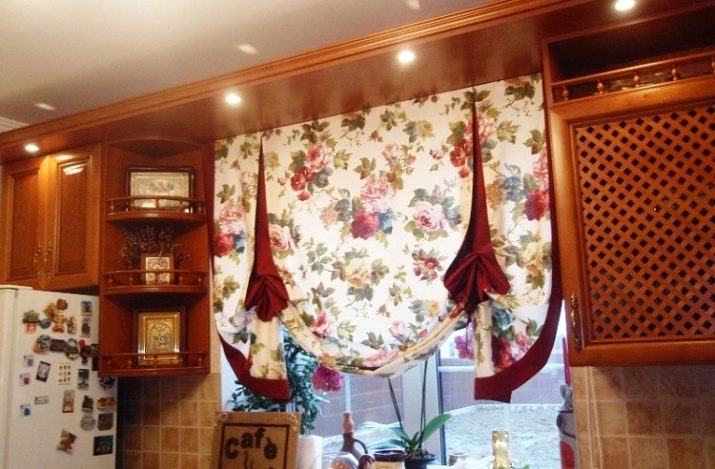
- French curtains with lambrequin.

- Photo curtains.
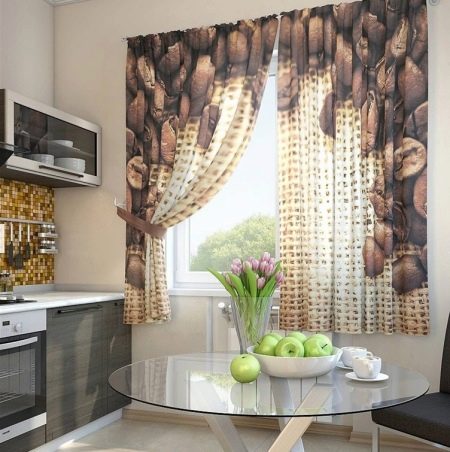
- The red element on the curtain visually enlarges a small hi-tech room.
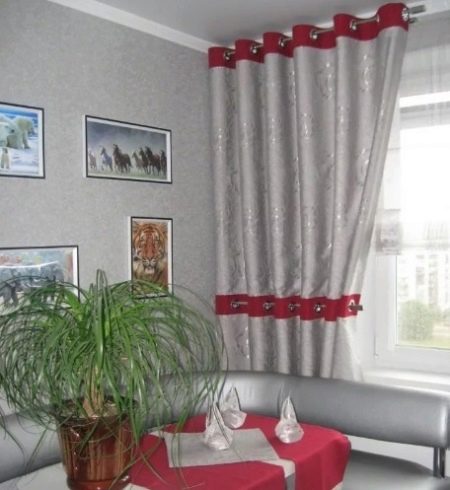
- Bright curtains become an accent in the high-tech kitchen.
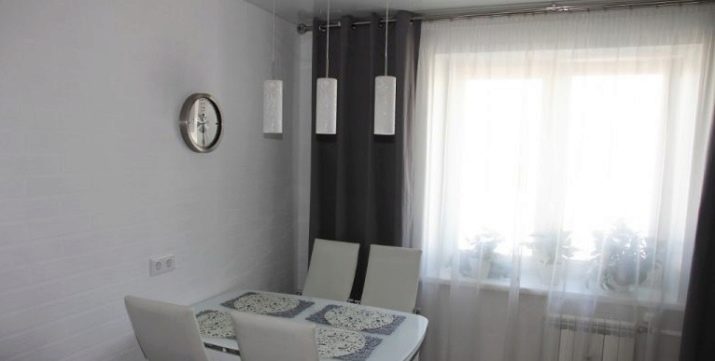
- A combination of a sheer long curtain and high-tech tulle thread.
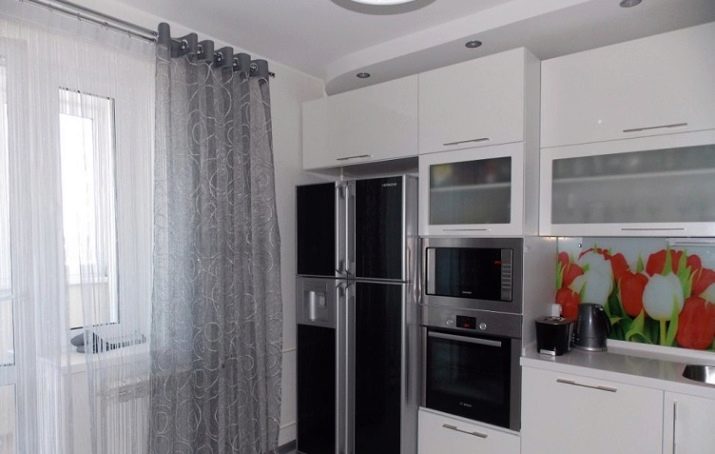
- Combination of Roman design and long curtains.
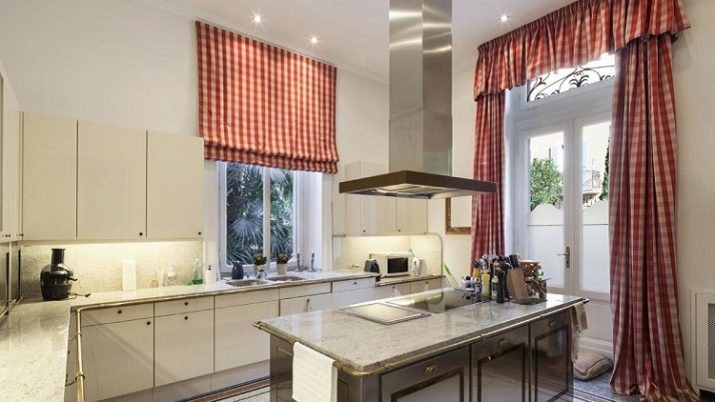
- Double-layer curtains for the kitchen.
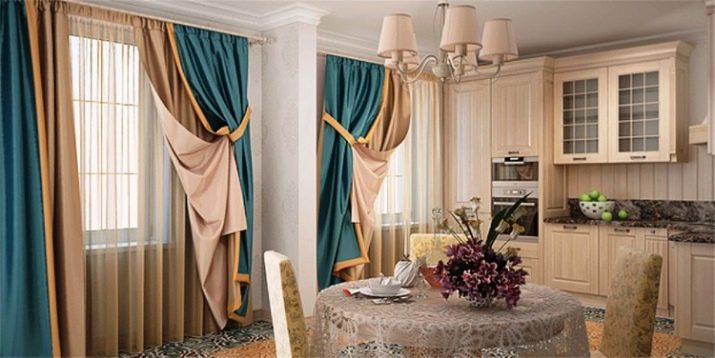
- Polystylistic solution: a combination of high-tech furniture and classic curtains.

For information on how to choose the right curtains, see the next video.








